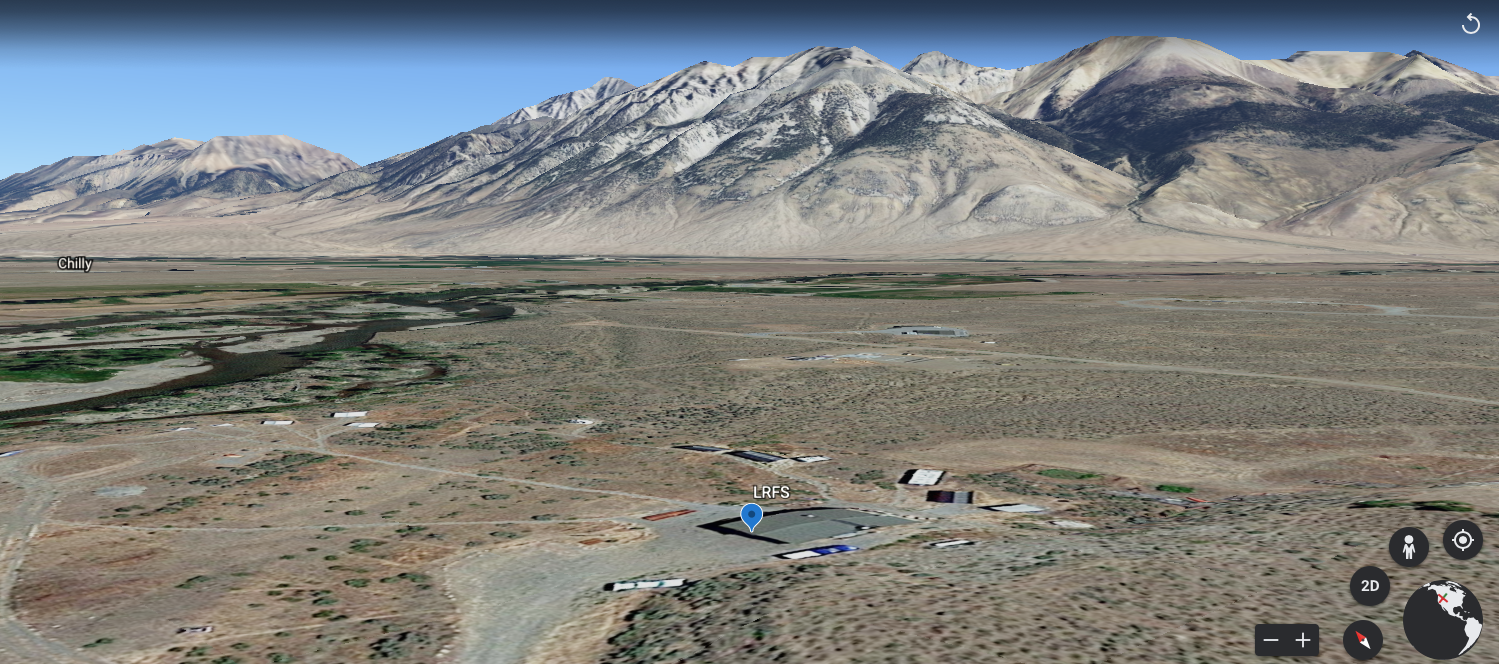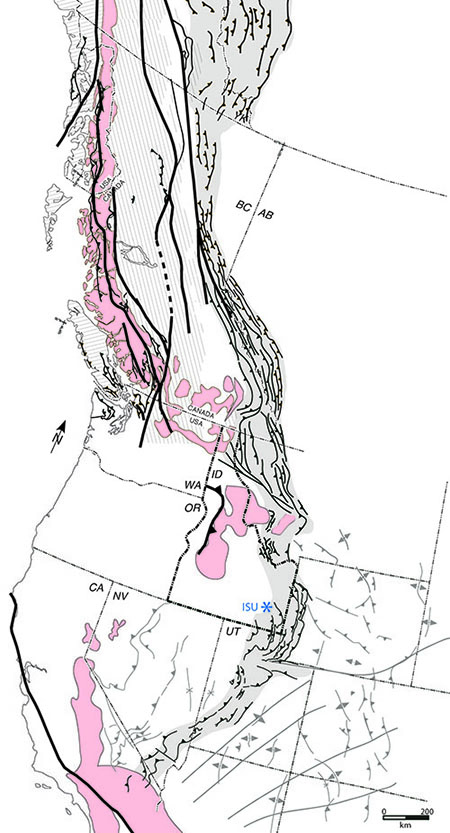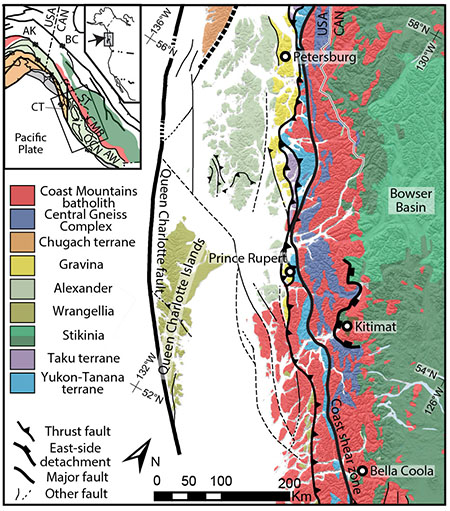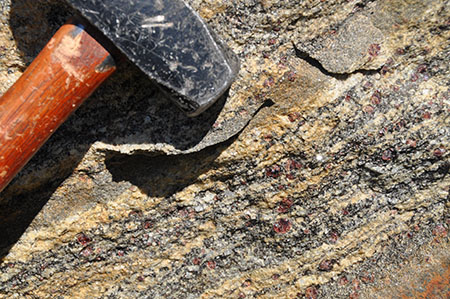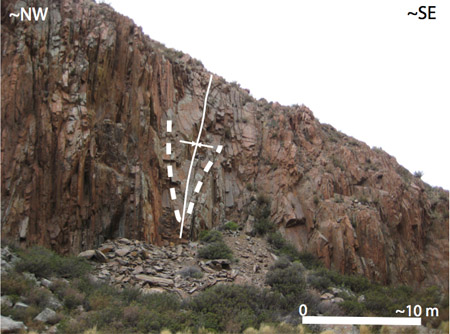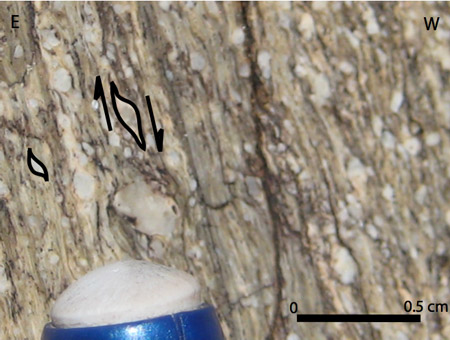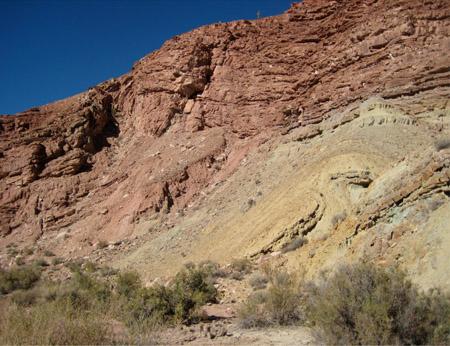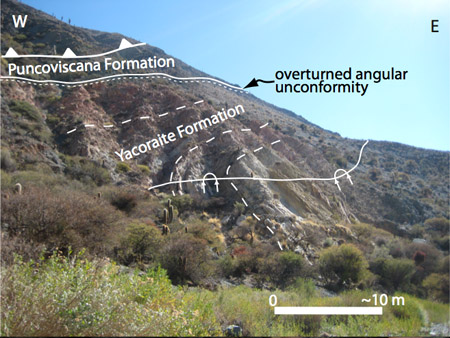
Main Page Research Teaching Curriculum Vitae Photos Team Lab
U.S. Northern Rocky Mountains Research
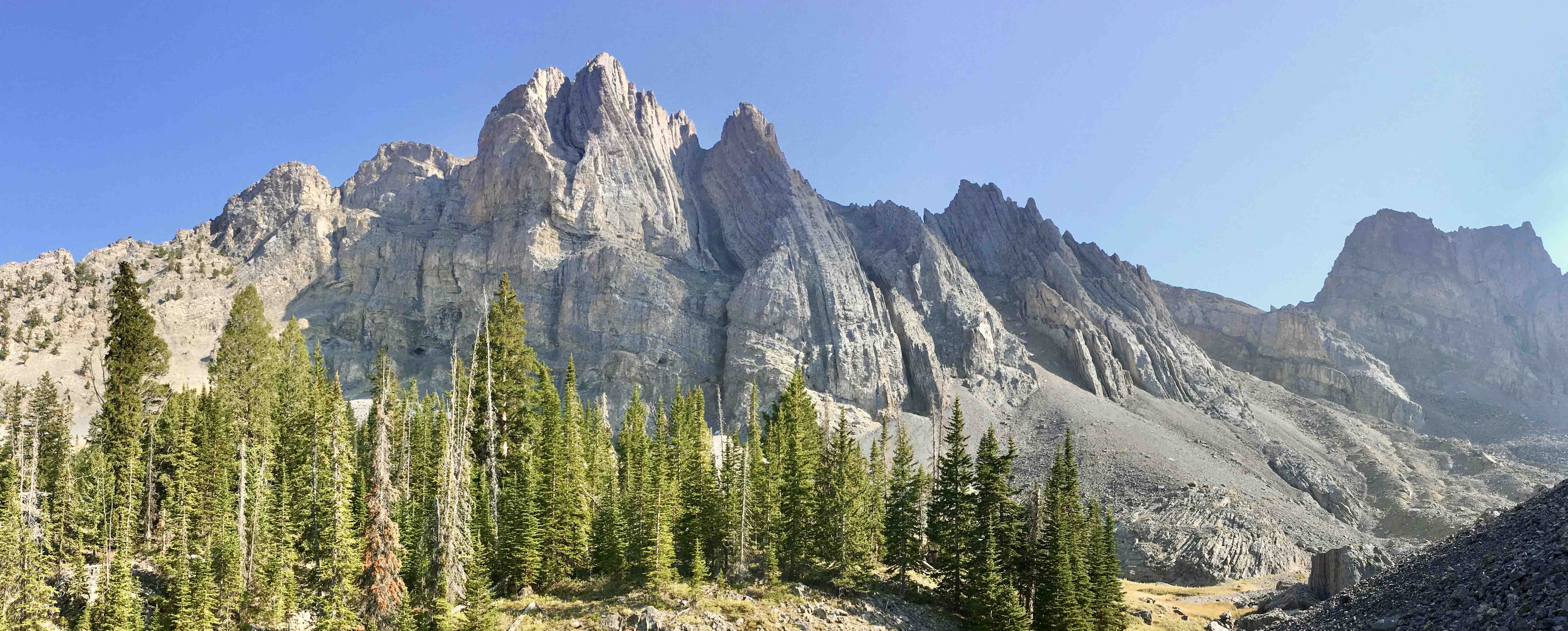 Spectacular folded limestones of the Mississippian Scott Peak Formation in the Lost River Range, east-central Idaho.
Spectacular folded limestones of the Mississippian Scott Peak Formation in the Lost River Range, east-central Idaho.
|
|
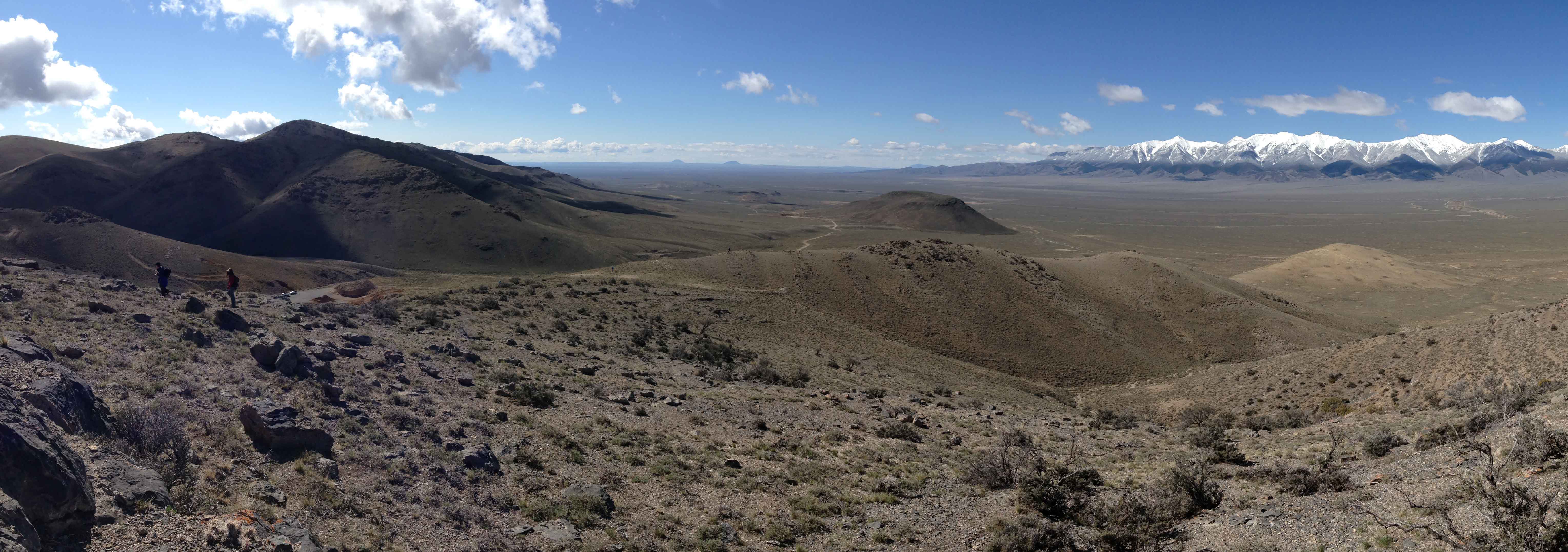 View westward toward the Lemhi Range from the southern Beaverhead Mountains, east-central Idaho.
View westward toward the Lemhi Range from the southern Beaverhead Mountains, east-central Idaho.
|
David Pearson Research in British Columbia, Canada
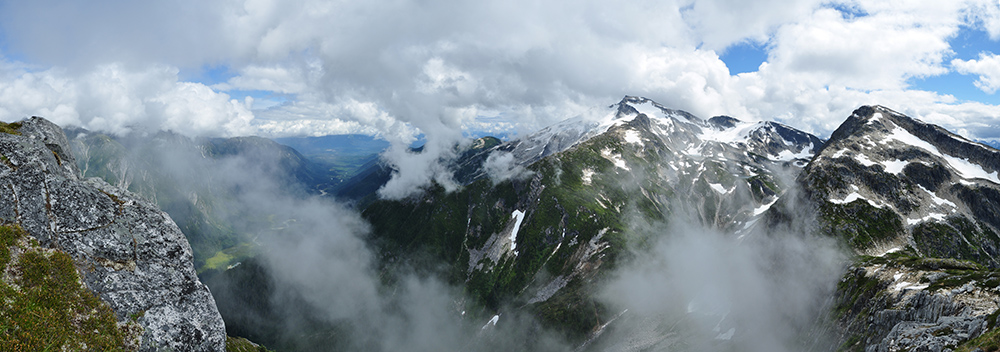 Peaks composed of syn-extensional Eocene plutons near the eastern boundary of the Central Gneiss Complex in the Coast Mountains of British Columbia
Peaks composed of syn-extensional Eocene plutons near the eastern boundary of the Central Gneiss Complex in the Coast Mountains of British Columbia
|
View Larger Map
View of high peaks in the Central Gneiss Complex of the Coast Mountains.
|
|
|
|
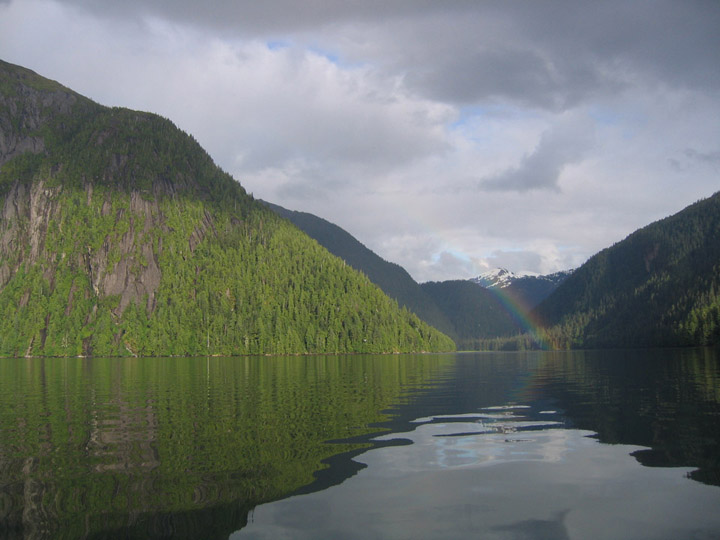
Andes Research
TECTONIC AND STRUCTURAL EVOLUTION OF THE SOUTHERN CENTRAL ANDES, NW ARGENTINA
View Larger Map
View toward NW of doubly-plunging Tin-tin anticline, east of Cachi. Explore the basement-involved fold-thrust belt of NW Argentina in Google Earth.
Current research applies a combination of geological mapping and structural analysis, thermochronology, and tectonics to understand crustal thickening in and the formation of the southern central Andes in northwestern Argentina. This research is part of a larger project called COSA (Convergent Orogenic Systems Analysis), a collaborative study designed to better understand continental orogenesis.
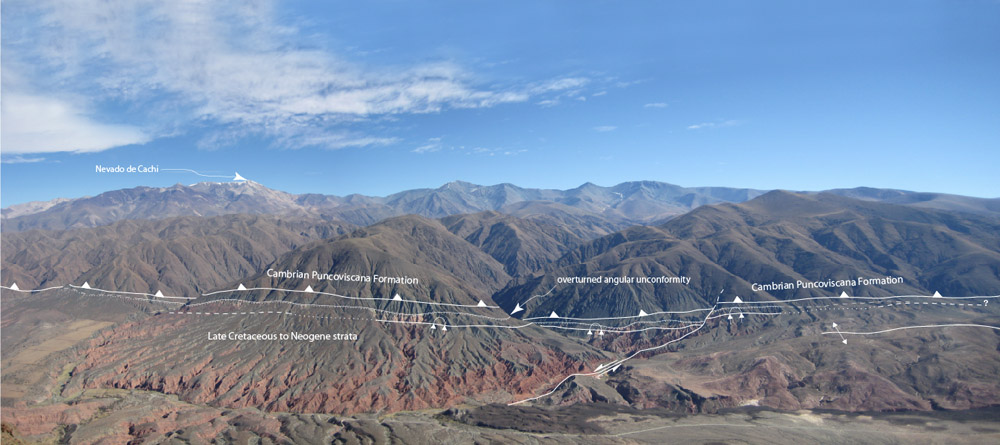 |
|
|
|
|
|
|
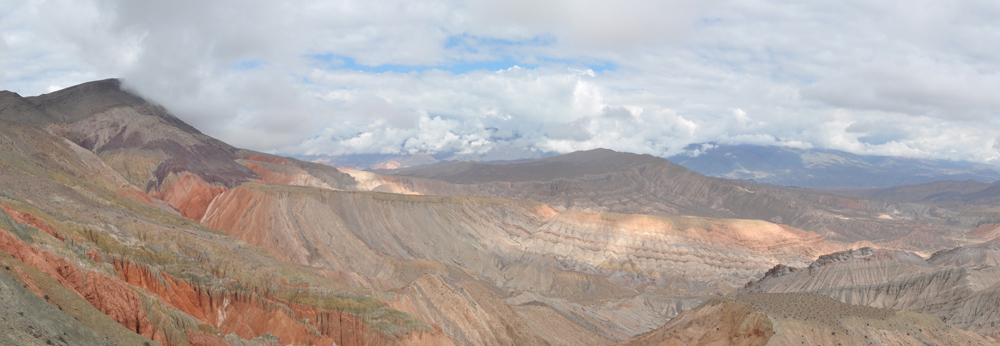 |
